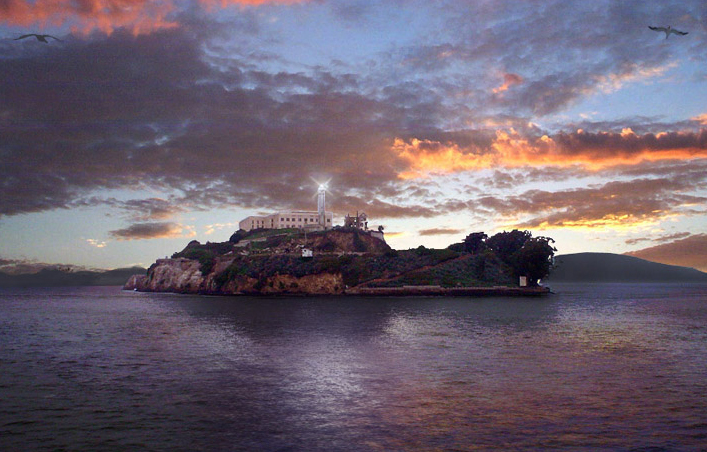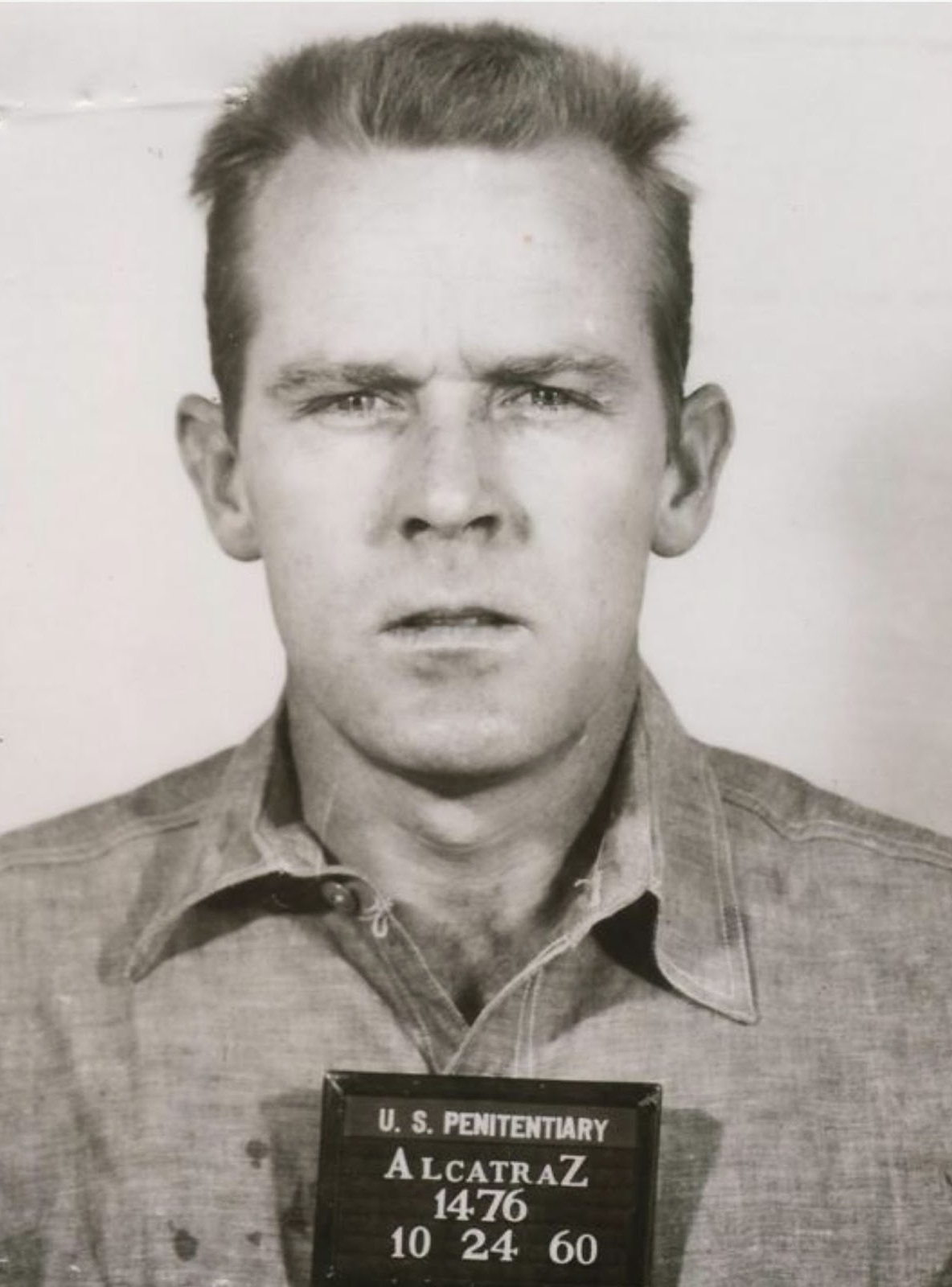Committee of Five Appointed to Write Declaration of Independence, 1776
 |
| The Committee of Five presenting their work to the Congress. |
The Second Continental Congress appointed the Committee of Five for the purpose of drafting the Declaration of Independence. The Committee operated from June 11, 1776 until July 5, 1776, when the Declaration was published.
The Congress hadn't quite decided yet whether or not they were going to declare independence from England, but if they did, they wanted to be ready. Resolutions had been proposed: on April 12th by North Carolina, and on May 15th by Virginia. On June 7th, Richard Henry Lee of Virginia had moved for independence, but the vote had not been taken. The Congress was to reconvene on in July, and they'd vote on it then. If it passed, they needed to have a statement ready to declare to the world why they were asserting their independence.
The members of the committee were Thomas Jefferson, Benjamin Franklin, John Adams, Roger Sherman, and Robert Livingston. We don't know exactly how the work progressed because the Committee of Five didn't leave minutes, and, although Jefferson and Adams both wrote about the experience later, the accounts weren't exactly the same. What we do know is that Jefferson was appointed to write the first draft. The first draft was very close to the finished product -- only a few minor changes were made. It was first read to the Continental Congress on June 28th, just 17 days later.
On July 1st the Congress voted for independence, and then heard a second reading of the Declaration before they adjourned. On July 2nd, they heard it a third time, and this time they paid particular attention to the language. Only two changes were made. The first was the elimination of some rather derogatory reference to the English people. The second was Jefferson's condemnation of the slave trade.
The final draft was approved on July 4th, and then recopied and delivered to the printer. The printer's broadsheet was completed and released on July 5th.
I assume that most of you know a lot about Thomas Jefferson, John Adams, and Benjamin Franklin. But who were the other two patriots on the Committee of Five?
 |
| Roger Sherman |
.jpg/330px-Robert_R_Livingston%2C_attributed_to_Gilbert_Stuart_(1755-1828).jpg) |
| Robert Livingston |
Three Prisoners Escape from Alcatraz, 1962
 |
| Alcatraz Island ©Centpacrr/Wikimedia Commons |
The authorities like to say that there's never been a successful escape from Alcatraz. That's not quite accurate -- what is true is that there's never been an escape that we know has been successful.
 |
| Frank Morris |
In their workshop, they manufactured life preservers and a 6 x 14 foot life boat, using 50 raincoats for materials. (After stitching them together they even "vulcanized" them, using the steam pipes for heat.) They used a concertina to inflate the boat. They built plywood paddles.
 |
| John Anglin |
 |
| Clarence Anglin |
The three men who escaped were Frank Morris, Clarence Anglin, and John Anglin. The Anglins were brothers, both serving 20-year sentences for bank robbery. Morris had committed a variety of crimes, including narcotics dealing and armed robbery. He'd been sent to Alcatraz because he kept escaping from everywhere else. The fourth man in the plan was Allen West. He couldn't quite get his ventilator grill open in time, and the others left without him. It's thanks to West that we know so much of how the escape was planned.
 |
| Morris's dummy head |
It's generally believed that the three men didn't survive their escape. The FBI launched what was the biggest manhunt of its time, but finally abandoned the case in 1979. It's still an open case for the US Marshals Service, however, and they still get a lead from time to time.
No comments:
Post a Comment